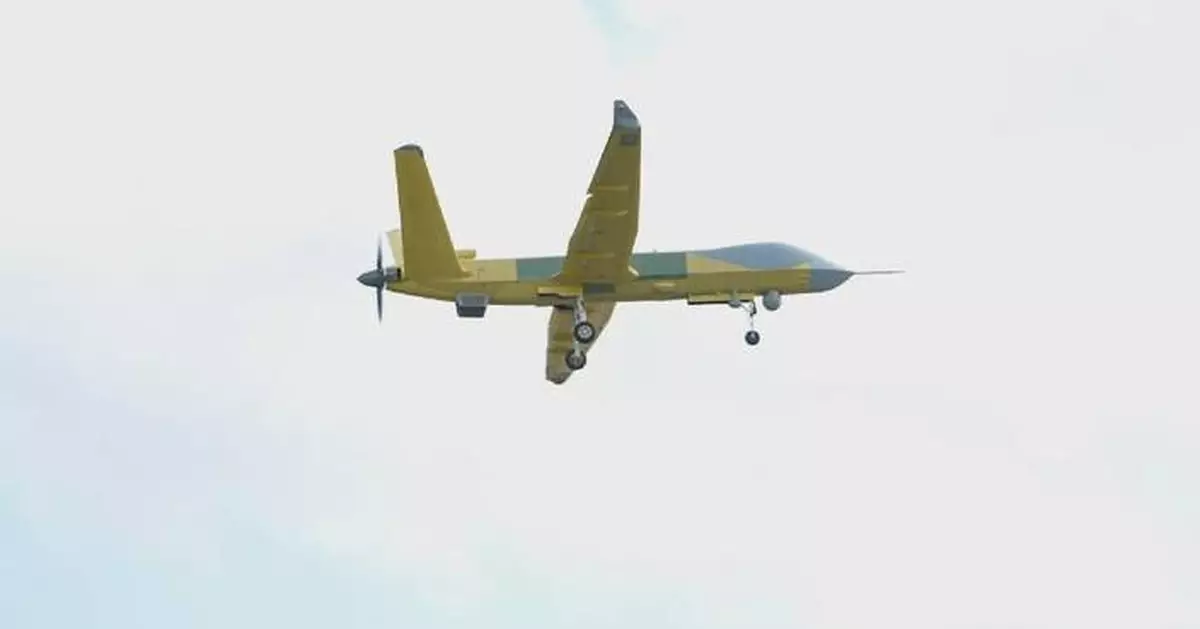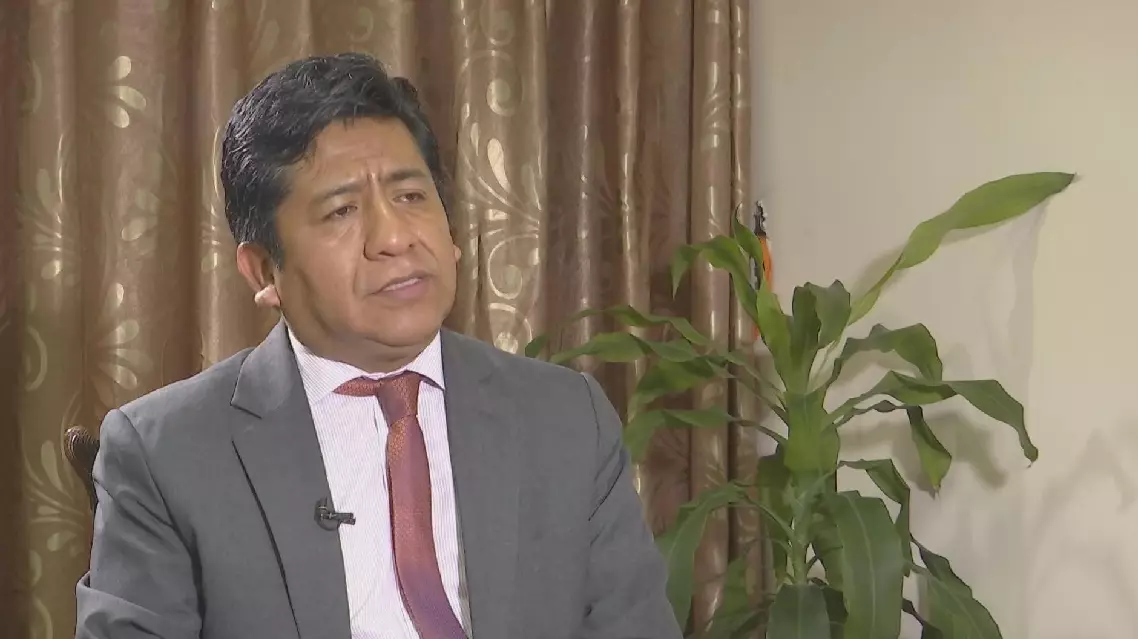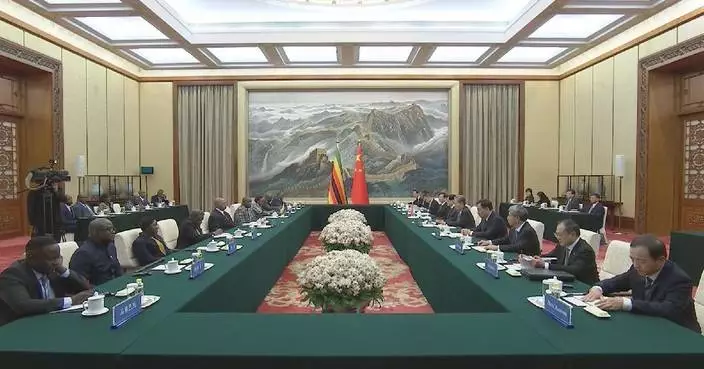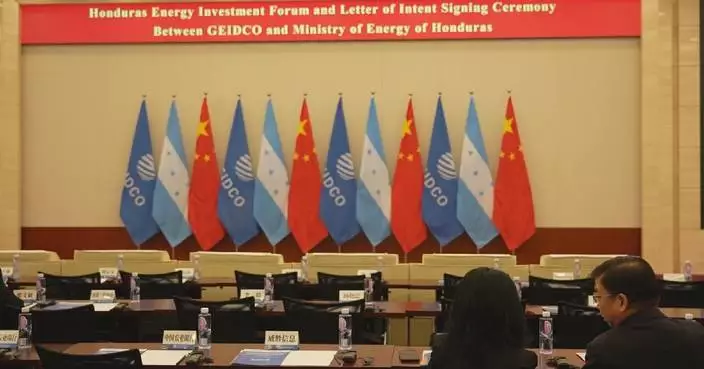China's domestically developed anti-submarine Wing Loong-X UAV (unmanned aerial vehicle) made its debut on Tuesday at the ongoing 15th China International Aviation and Aerospace Exhibition in Zhuhai, Guangdong Province.
The Wing Loong-X is currently the largest and heaviest armed reconnaissance and strike UAV in China, with a range of capabilities including long endurance and multiple payload options. It can fly for up to 40 hours and reach altitudes of 10,000 meters.
The UAV also has a quick response feature, allowing it to rapidly switch configurations and payloads based on mission needs.
"Under its wings, you can see two sets of sonar buoys and air-to-air missiles, with a torpedo hanging beneath. The customer demands it leads the world by five years, with strong detection and countering capabilities for air, land, sea, and underwater targets," said Tang Yong, UAV chief designer at Aviation Industry Corporation of China (AVIC).
In addition to the Wing Loong-X, China's air force debuted two other new reconnaissance and strike UAVs, which are designed for tactical reconnaissance, surveillance, and strike missions, with capabilities to carry electro-optical sensors, synthetic aperture radar, and communication reconnaissance equipment, enabling them to target fixed and moving objects on land and at sea.
The 15th China International Aviation and Aerospace Exhibition, also known as Airshow China, is scheduled to run from Tuesday to Sunday.
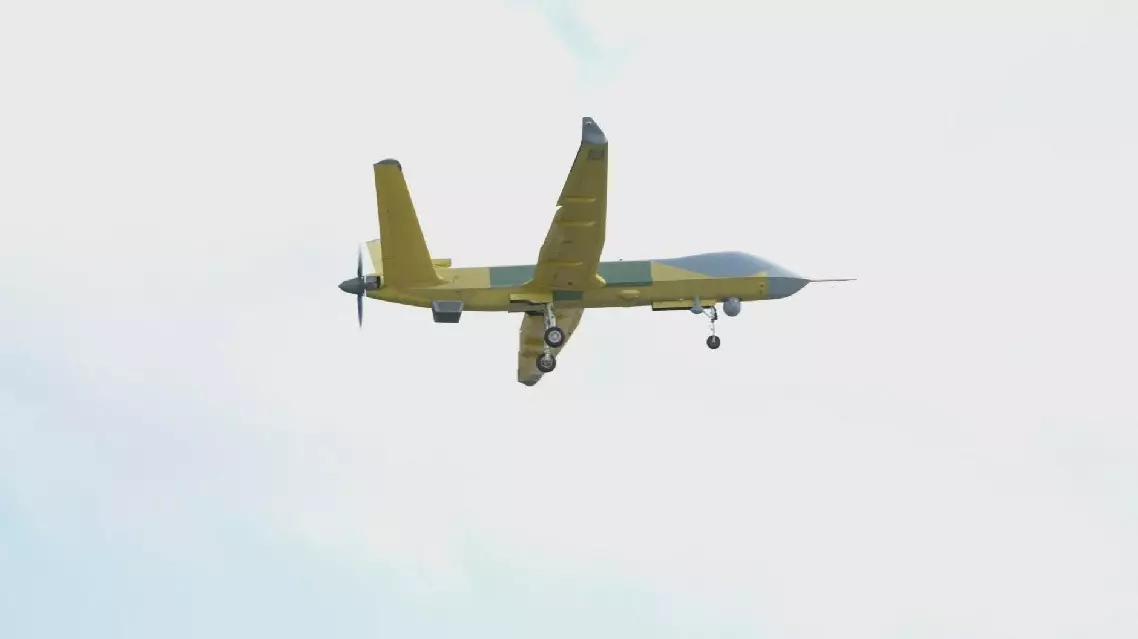
China's self-developed Wing Loong-X UAV debuts at Zhuhai Airshow
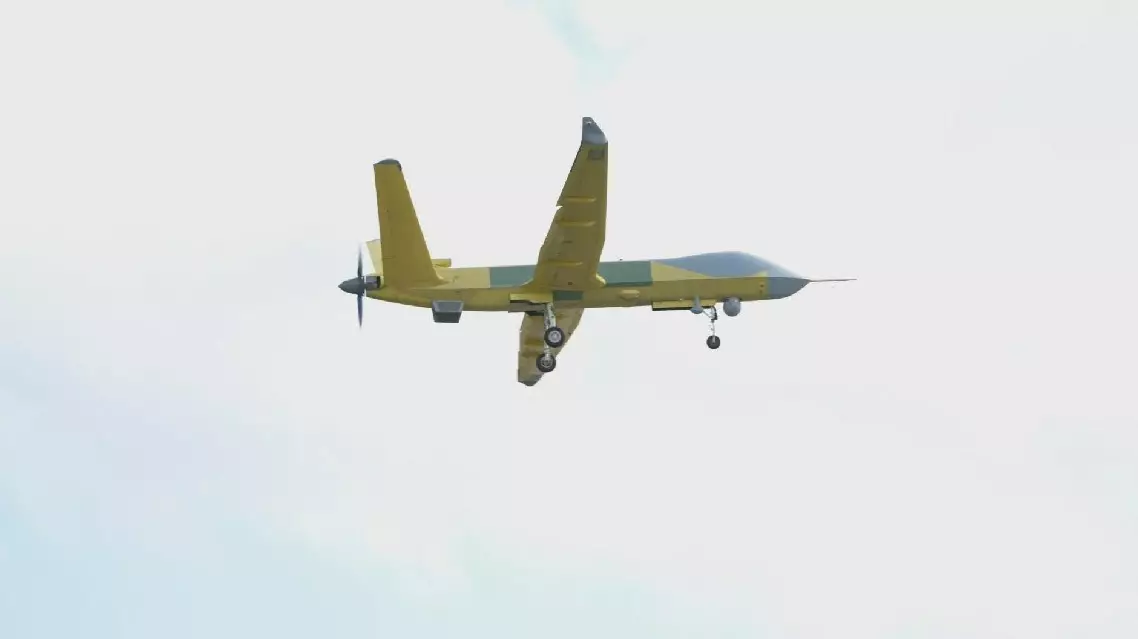
China's self-developed Wing Loong-X UAV debuts at Zhuhai Airshow
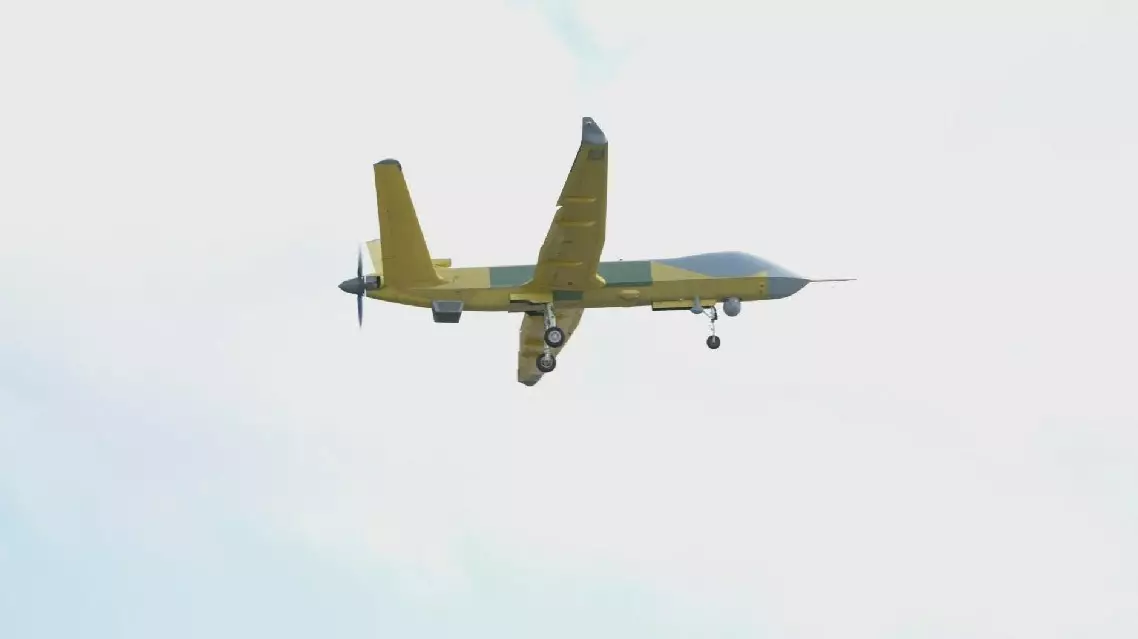
China's self-developed Wing Loong-X UAV debuts at Zhuhai Airshow


